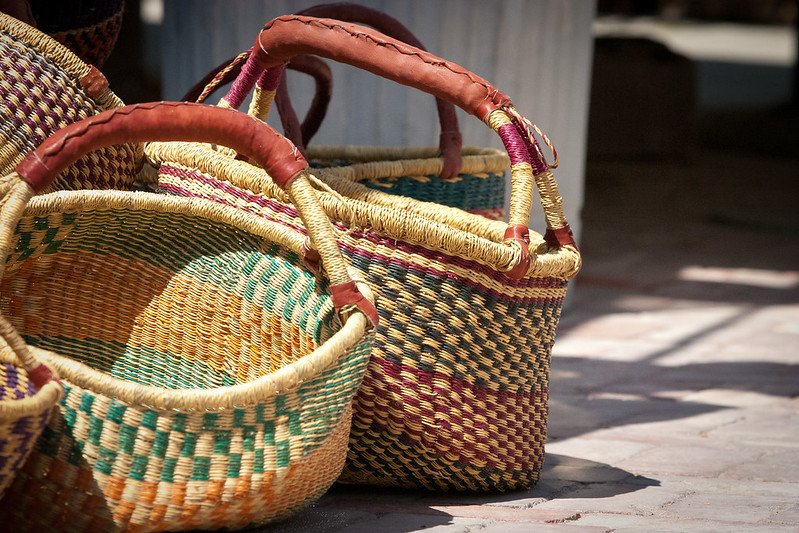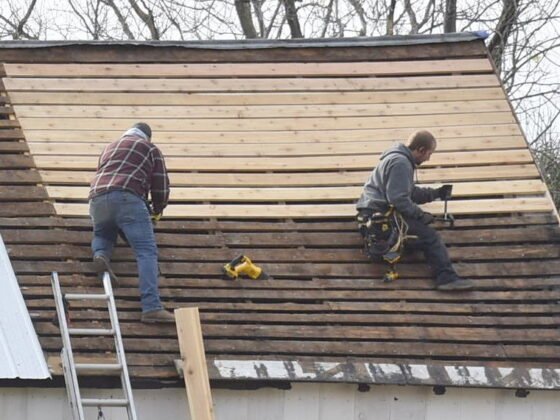Basket weaving is considered to be an ancient art, but this is a tradition that continues to thrive nowadays. While in the past women were usually involved in this industry, today, both women and men practice it.
Keep in mind that a woven basket is quite popular because it can be used for various activities. You can decide to use these baskets for decoration in your home or even as storage units.
This article discusses the top things you should know about woven baskets.

Materials Used to Make Woven Baskets
Materials used in making woven baskets tend to vary depending on the type of basket being produced, the materials available, its intended function, and the desires of the maker.
A woven basket designed for carrying heavy things may need sturdy and stiff materials like cedar roots or cedar with.
A basket designed to fold flat needs flexible materials like spruce root. On the other hand, a wicker basket made for decoration can require fine, thin, or delicate materials.
That said, some of the most common materials utilized in making baskets include cedar root, cedar bark, tule, and spruce root.
Elements needed for decoration can include horsetail root, maidenhair fern stems, and different types of grasses. All these materials can vary significantly in appearance and color.
You can find some that have a shiny surface like red cherry bark while others have a matte surface.
Read Also:
Gathering and Processing the Basket Materials
Most of the raw materials that are used in weaving can be gathered or harvested at a specific time of the year. This makes sure that these materials are collected when it’s the right time for weaving.
The good thing is that many weavers understand these growing cycles of the materials.
They also recognize when a plant or tree is ready for harvesting. Quite often, some weavers say special prayers or even sing while gathering and processing the raw materials.
These raw materials are usually collected in the early summer or spring. The raw materials include grasses that need to be picked at the right time.
Certain types of grasses tend to be too narrow or soft for weaving if they are picked too early in the season. Other types like reed canary grass must be harvested before the blooming of the plant.
The bark of both yellow and red cedar needs to be gathered when the sap of the tree is running. Remember that the sap usually allows the bark to be taken away easily from the tree.
To get an even and long bark, the weavers make a horizontal cut into a specific tree a couple of feet from the ground and then pull it away from the tree.
The strip is usually a couple of inches wide and is removed by using a twisting motion. The good part is that the tree is not harmed as long as there are only one or even two strips being removed from the same tree.









